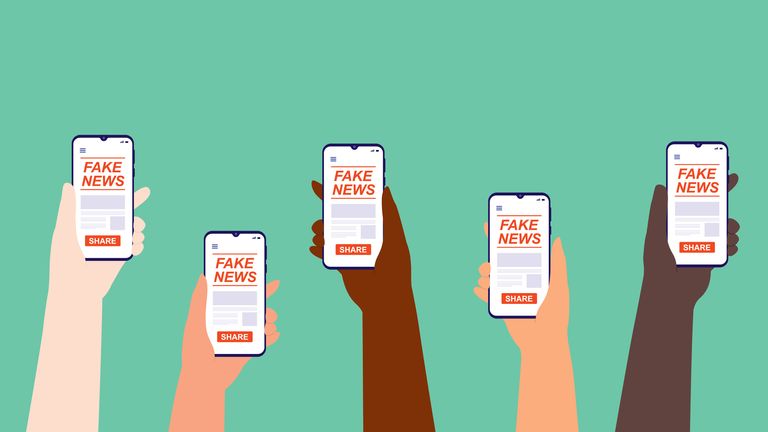In an era where information flows freely and swiftly through various media channels, distinguishing between what’s real and what’s fake, especially when it comes to how to spot fake news, has become increasingly challenging. Fake news spreads like wildfire, causing confusion, distrust, and sometimes even harm. But fear not, with the right tools and mindset, you can navigate through the maze of misinformation. Let’s delve into the strategies and techniques to spot fake news effectively.
Understanding the Anatomy of Fake News
Defining Fake News
Fake news encompasses false information deliberately created to deceive or manipulate readers. It often masquerades as legitimate news but lacks credible sources or factual evidence.
Types of Fake News
- Misinformation: Inaccurate information spread without malicious intent.
- Disinformation: Intentionally false information crafted to deceive and manipulate.
- Satire or Parody: Content meant for entertainment or humor but sometimes mistaken as real news.
- Clickbait: Sensational headlines designed to attract clicks but may distort facts or mislead readers.
Developing Critical Thinking Skills
Verify the Source
Always scrutinize the source of the news, especially when learning how to spot fake news. Reliable sources adhere to journalistic standards and provide verifiable information. Check the publication’s reputation, credibility, and bias to ensure you’re getting accurate information.
Cross-reference Information
Don’t rely solely on one source. Verify the news from multiple reputable sources to ensure its accuracy. If the same information appears across various credible platforms, it’s likely authentic.
Fact-Check Tools
Utilize fact-checking websites and tools like Snopes, FactCheck.org, or PolitiFact to verify the authenticity of news stories. These platforms debunk myths, confirm truths, and provide valuable insights into questionable claims.
Analyzing Content for Red Flags
Sensationalism
Beware of exaggerated or sensationalized headlines designed to evoke strong emotional responses. Sensationalism often accompanies fake news to attract attention and manipulate readers’ perceptions.
Biased Language
Pay attention to biased language or loaded terminology within the article. Biased reporting tends to sway opinions rather than present objective facts. Watch out for overly emotional language or politically charged rhetoric.
Lack of Citations or Sources
Legitimate news sources provide citations and references to support their claims. If an article lacks proper citations or credible sources, it’s likely spreading misinformation.
Navigating Social Media Minefields
Evaluate Sharing Patterns
Examine the sharing patterns of the news on social media. If a story is widely circulated without critical examination, it may indicate the spread of fake news. Question why certain individuals or groups are sharing the content.
Verify User Profiles
Check the authenticity of user profiles sharing the news. Fake accounts or bots often propagate false information to amplify its reach. Look for signs of automation or suspicious activity.
Conclusion: Empowering Yourself Against Misinformation
In a digital landscape inundated with information, honing your critical thinking skills, especially in the context of ‘how to spot fake news,’ is paramount. By understanding the anatomy of fake news, developing critical thinking skills, analyzing content for red flags, and navigating social media cautiously, you can arm yourself against the perils of misinformation. Remember, the truth is worth seeking, even in a sea of falsehoods.
Sales Pitch: Stay Informed with Trusted Sources
Equip yourself with reliable news sources and fact-checking tools to stay informed and vigilant against fake news. Invest in media literacy education to empower yourself and others in discerning truth from fiction, ultimately mastering the art of how to spot fake news.
As the saying goes, “Knowledge is power.” By sharpening your ability to spot fake news, you’re not only protecting yourself but also contributing to a more informed and resilient society.
“The only way to deal with fake news is to shine a light on it and provide an alternative narrative.” – George Soros

